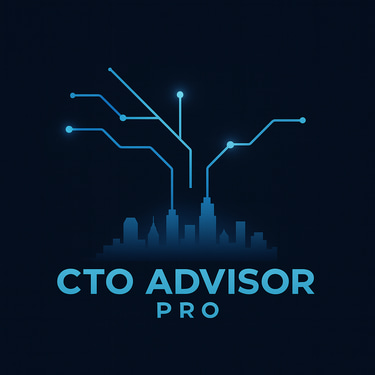How to Build a Scalable MVP Without Overengineering
Many early-stage companies overbuild their MVPs and delay product-market fit. This guide outlines how to build fast, stay lean, and still plan for scale.
6/26/20251 min read


The concept of a Minimum Viable Product (MVP) has never been more misunderstood—or more critical. In 2025, product lifecycles are accelerating thanks to AI tools, and early validation is vital. But that doesn't mean cutting corners or building throwaway prototypes.
The challenge is real: Build something lightweight that still scales later. Too often, teams overengineer in search of perfection, or underbuild and lose investor confidence.
Common MVP Pitfalls:
Building for edge cases or future features
Using enterprise-level tools for a pre-revenue product
Lacking versioning, staging, or basic deployment hygiene
A Smarter MVP Approach:
Start with the problem, not the product
Use modular components that can be refactored easily
Choose tools that are flexible and familiar to your devs
What we recommend:
Use serverless where possible to minimize ops
Stick with proven, open-source frameworks
Document assumptions and revisit them monthly
AI makes development faster, but not necessarily smarter. Strategic tech guidance ensures speed doesn’t come at the cost of quality.
Plan to scale, even when you're building small.
Let's chat!

We respect your privacy. Your information will never be shared.
Expert Advice. Guaranteed Results. No fluff.
Fractional CTO Support | CTO Advisor Pro
20+ Years | $1.2B+ in Value Delivered | 250+ Clients
Transform
contact@ctoadvisorpro.com
© 2025. All rights reserved.
Reston, Virginia, USA
